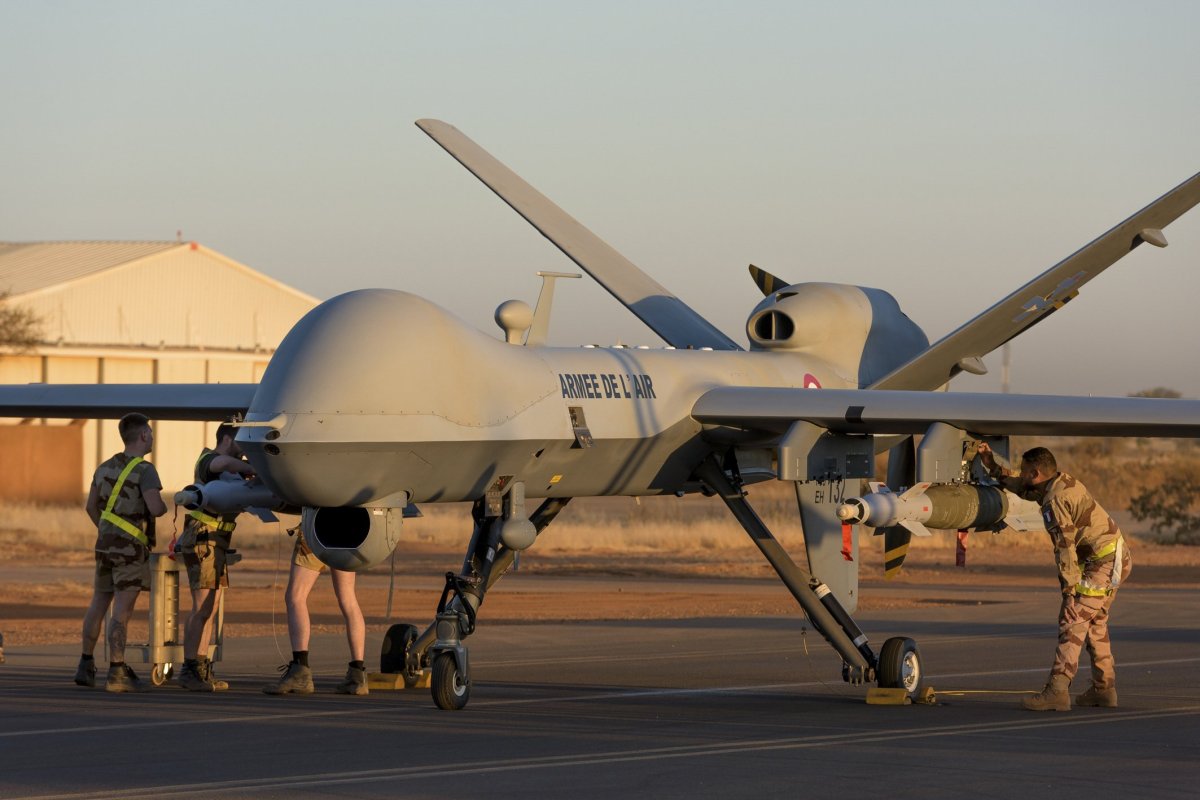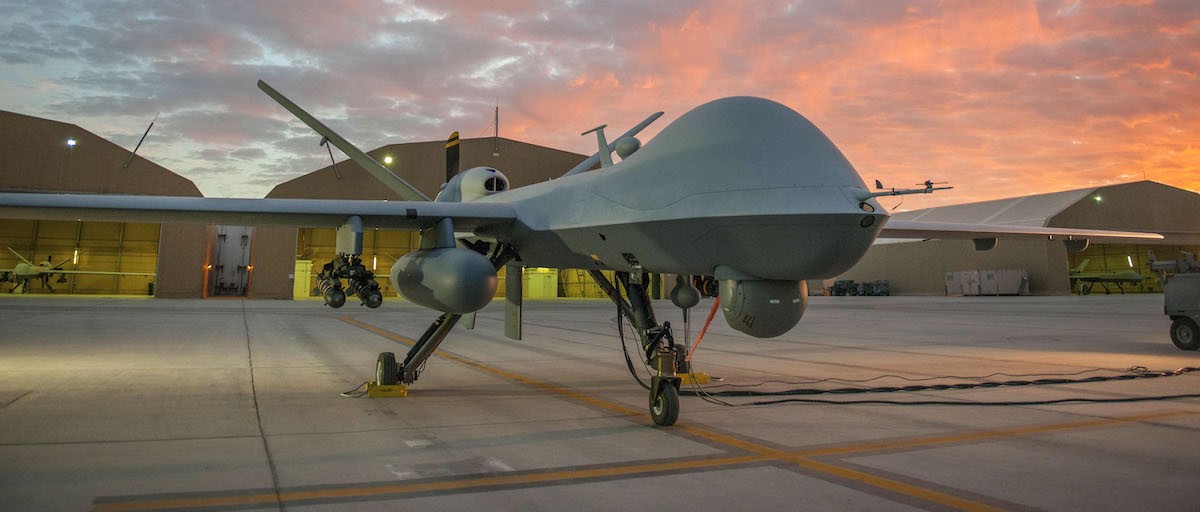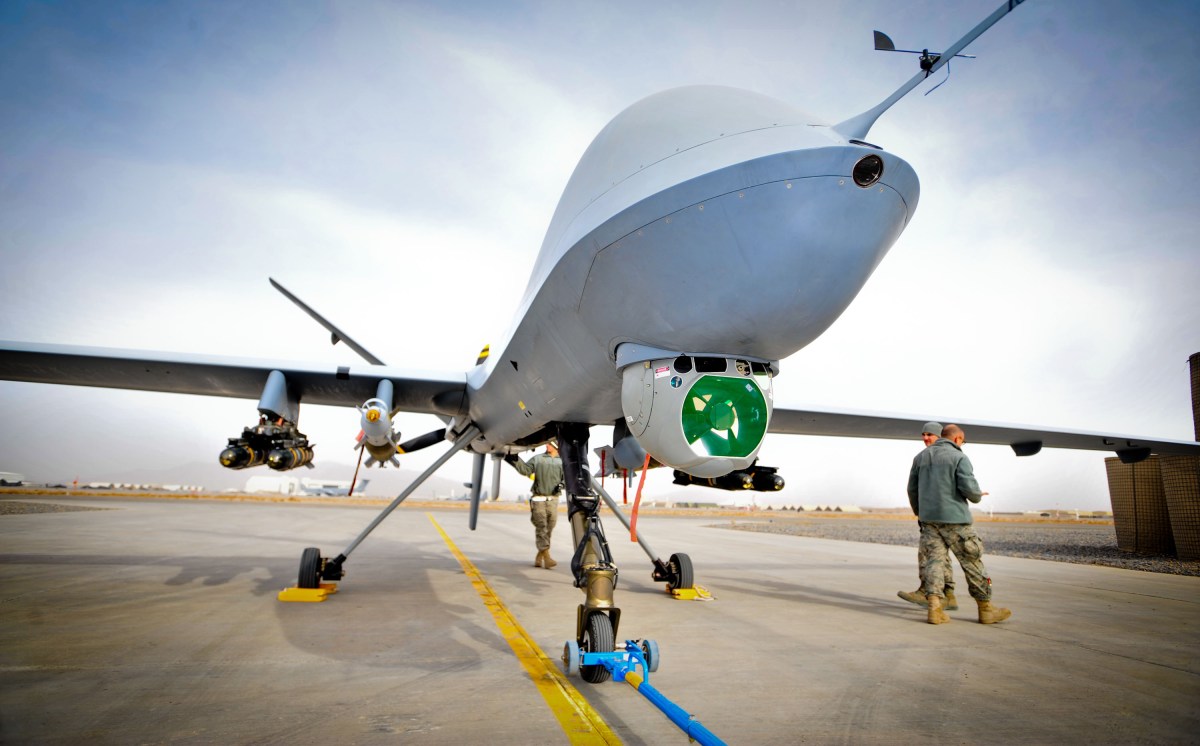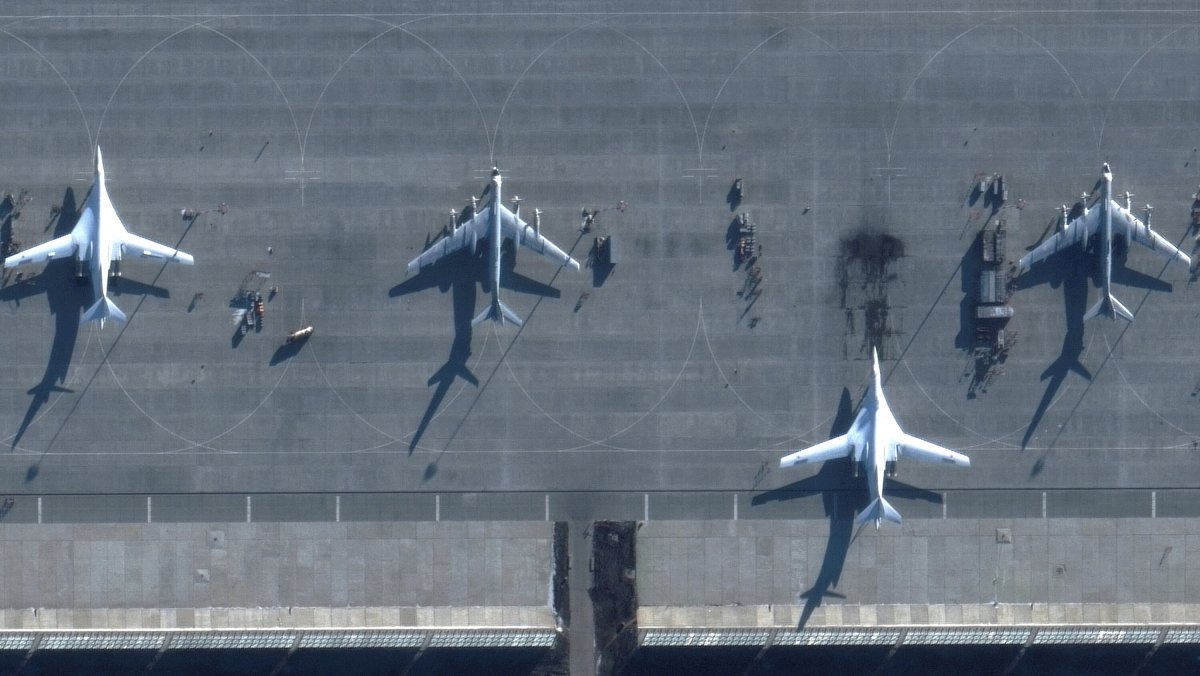Drone hits firefighting plane – it sounds like a scene from a disaster movie, but it’s a very real and increasingly pressing concern. Imagine a wildfire raging, firefighters battling the flames from above, and suddenly, a drone collides with their aircraft. The consequences could be catastrophic, jeopardizing lives and hampering crucial firefighting efforts. This article explores the dangers, technological solutions, legal implications, and safety protocols surrounding this dangerous intersection of technology and emergency response.
We’ll examine various types of drones that pose this threat, the potential impact on firefighting operations, and the technological advancements being made to prevent such incidents. We’ll also delve into the legal ramifications for drone operators, explore safety protocols and mitigation strategies, and discuss the crucial role of public awareness and education in preventing future collisions.
Drone Strikes on Firefighting Aircraft: A Comprehensive Analysis

The increasing prevalence of drones presents a significant and growing threat to aviation safety, including the critical operations of firefighting aircraft. This article explores the multifaceted challenges posed by drone-firefighting aircraft collisions, examining the incident overview, technological solutions, legal ramifications, safety protocols, public awareness initiatives, and future research needs.
Incident Overview
Drone strikes on firefighting aircraft represent a serious risk to both the aircraft and the firefighting personnel involved. These incidents can occur during various stages of firefighting operations, potentially disrupting crucial water drops or delaying critical responses. The size and type of drone involved greatly influence the severity of the impact. Larger drones, or those carrying heavy payloads, can cause substantial damage to aircraft components such as propellers, wings, or the fuselage.
This can lead to a loss of control, forcing emergency landings, or even catastrophic crashes, resulting in injury or loss of life.
Several types of drones could pose this threat, ranging from small consumer models to larger, commercially available drones used for photography, surveying, or even illicit activities. The potential impact on firefighting operations is significant, ranging from minor damage requiring repairs to complete aircraft loss, thus severely hampering the effectiveness of the firefighting response. In extreme cases, a collision could result in the loss of life and lead to substantial delays in containing wildfires or other emergencies.
| Cause | Description | Impact | Mitigation |
|---|---|---|---|
| Pilot Error (Drone Operator) | Negligence, lack of awareness of airspace restrictions. | Collision, aircraft damage, potential loss of life. | Improved training, stricter regulations. |
| Mechanical Failure (Drone) | Loss of control, unexpected flight path. | Collision, unpredictable consequences. | Regular maintenance, robust safety features. |
| Inadequate Air Traffic Management | Lack of real-time drone detection systems. | Increased risk of collision. | Improved drone detection and tracking systems. |
| Unintentional Intrusion | Drone drifting into restricted airspace. | Collision, potential damage. | Enhanced airspace monitoring, improved communication. |
Technological Advancements in Drone Detection and Avoidance

Significant advancements are being made in drone detection and avoidance systems for aircraft. These systems utilize a variety of technologies, including radar, lidar, and computer vision, to identify and track drones in the vicinity of aircraft. However, integrating these systems into firefighting aircraft presents unique challenges. Firefighting aircraft often operate in challenging environments with limited visibility, requiring robust and reliable systems that can function effectively in adverse weather conditions and amidst smoke and debris.
Radar systems offer long-range detection but can be susceptible to interference. Lidar provides high-resolution imaging but has a shorter range. Computer vision systems offer excellent accuracy but require significant processing power. A hypothetical system for preventing drone-aircraft collisions might involve a multi-sensor approach, combining radar, lidar, and computer vision to provide comprehensive detection and tracking capabilities. This system would be integrated with an autonomous avoidance system, allowing the aircraft to maneuver automatically to avoid collisions.
So, a drone hit a firefighting plane – crazy, right? It makes you think about the fragility of these aircraft, especially when you consider how much simpler something like a flappy plane toy seems by comparison. But even a simple toy can highlight the dangers of uncontrolled aerial objects; the drone incident really underscores the need for stricter drone regulations to protect emergency response aircraft.
The system would also include a communication link to alert air traffic control and drone operators of potential hazards.
Regulatory and Legal Ramifications
Existing regulations concerning drone operation near airports and emergency response areas vary across jurisdictions but generally prohibit drone flights within a specified radius without prior authorization. Legal precedents related to drone-caused accidents involving aircraft are still developing, but existing laws regarding negligence and reckless endangerment are likely to apply. In cases of drone-firefighting aircraft collisions, legal liabilities could fall on both the drone operator and any entities responsible for airspace management.
Drone operators could face significant fines, imprisonment, or civil lawsuits depending on the severity of the incident and the degree of negligence involved.
The legal consequences for drone operators involved in such incidents can be severe, ranging from hefty fines and license revocation to criminal charges depending on the circumstances. The legal landscape surrounding drone operation is constantly evolving, with new regulations and precedents emerging as the technology advances and the number of drone-related incidents increases. A thorough understanding of these regulations and potential legal liabilities is crucial for both drone operators and aviation authorities.
News of a drone hitting a firefighting plane is seriously concerning. These incidents highlight the risks to crucial aircraft like the amazing canadian super scooper plane , which are vital for battling wildfires. Damage to these planes, from something as small as a drone, can ground them and severely impact firefighting efforts, leaving communities vulnerable. So, remember to be drone-safe!
Safety Protocols and Mitigation Strategies

Minimizing the risk of drone-firefighting aircraft collisions requires a multi-pronged approach involving stringent safety protocols and effective mitigation strategies. These protocols should be integrated into both drone operation guidelines and firefighting procedures. A comprehensive safety plan should include the implementation of a real-time drone detection system on firefighting aircraft, alongside improved communication channels between drone operators and firefighting crews.
- Implement mandatory drone registration and operator licensing.
- Establish clear no-fly zones around emergency response areas.
- Develop and deploy advanced drone detection and avoidance systems on firefighting aircraft.
- Enhance communication and coordination between drone operators and firefighting teams.
- Conduct regular safety training for drone operators and firefighting personnel.
For drone pilots operating near emergency response areas, it is crucial to maintain awareness of surrounding airspace, follow all relevant regulations, and immediately cease operations if any aircraft is detected nearby. Effective communication and coordination between drone operators and firefighting teams are essential to prevent accidents. Real-time information sharing through dedicated communication channels can help ensure that all parties are aware of each other’s activities and can take appropriate precautions to avoid collisions.
Public Awareness and Education

A comprehensive public awareness campaign is essential to educate drone operators about the dangers of operating near aircraft, especially in emergency response areas. This campaign should utilize various media channels, including social media, online platforms, and public service announcements, to disseminate information about safe drone operation practices and the potential consequences of violating airspace restrictions. Effective campaigns often leverage compelling visuals and real-life examples to illustrate the potential risks involved.
The media plays a crucial role in disseminating information about safe drone operation practices. News reports, documentaries, and educational programs can raise public awareness and promote responsible drone use. A visual representation of a drone striking a firefighting aircraft could depict a large, heavily damaged aircraft falling from the sky, surrounded by smoke and flames, with firefighters struggling to contain the blaze.
The image should clearly illustrate the devastating consequences of a drone collision, emphasizing the loss of life and property, and the disruption of critical emergency services.
Crazy news, a drone actually hit a firefighting plane! That’s a serious safety hazard, especially considering how crucial these planes are. Think about the advanced tech used, like what the Los Angeles Fire Department utilizes with their drones – check out their program here: los angeles fire drone. Clearly, better drone regulations are needed to prevent incidents like this firefighting plane collision from happening again.
Future Implications and Research Needs, Drone hits firefighting plane
The increasing usage of drones in various sectors will continue to pose significant challenges to aviation safety. Further research is needed to improve drone detection and avoidance technologies, develop more robust regulatory frameworks, and enhance public awareness initiatives. Different approaches to regulating drone usage in airspace, including geofencing, registration requirements, and advanced identification systems, should be compared for their effectiveness and feasibility.
Research methodologies for addressing the challenges of drone-aircraft collisions should include field studies to assess the effectiveness of various detection and avoidance technologies, simulations to model potential collision scenarios, and surveys to evaluate public awareness and understanding of drone safety regulations. The integration of artificial intelligence and machine learning techniques into drone detection and avoidance systems holds significant promise for improving the safety of airspace and preventing future incidents.
This will require collaboration between researchers, regulatory bodies, and industry stakeholders to ensure that the technology is developed and implemented responsibly.
Final Summary
The collision of drones and firefighting aircraft is a serious issue demanding immediate attention. While technology offers solutions like advanced detection and avoidance systems, the human element remains critical. Responsible drone operation, stringent regulations, and widespread public awareness are vital to mitigating this growing risk. By fostering collaboration between drone operators, aviation authorities, and firefighting agencies, we can work towards a future where such incidents become a thing of the past, ensuring the safety of both our skies and our firefighters.
Questions and Answers: Drone Hits Firefighting Plane
What are the penalties for a drone operator whose drone hits a firefighting aircraft?
Penalties can vary widely depending on jurisdiction and the severity of the incident, ranging from hefty fines to criminal charges.
How can I identify if a drone is approaching my firefighting aircraft?
Advanced detection systems are being developed, but visual observation and communication with air traffic control remain crucial.
Are there specific flight restrictions for drones near wildfires?
Yes, temporary flight restrictions (TFRs) are often implemented around wildfire zones. Always check for active TFRs before flying.
What kind of training is needed to safely operate a drone near emergency response areas?
Comprehensive training emphasizing airspace awareness, emergency protocols, and responsible operation is essential. Check local regulations for specific requirements.
